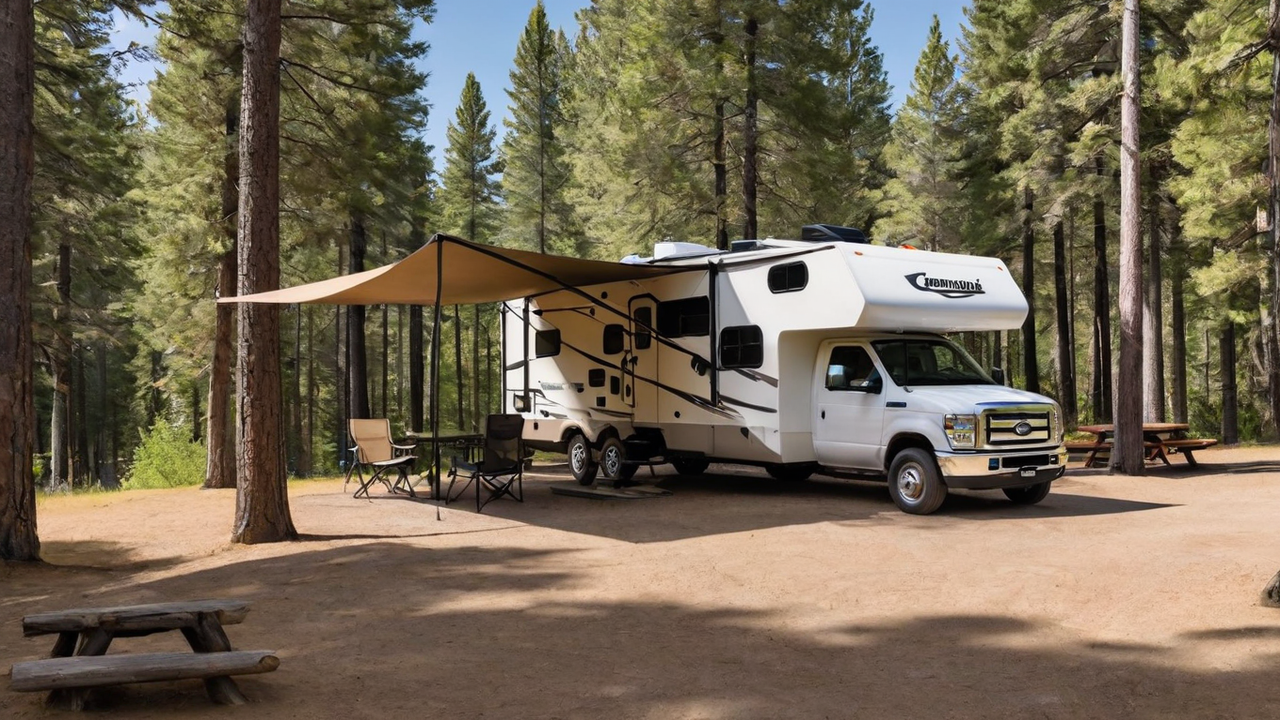Crafting an Ultimate User Experience: Design Principles for Camping Software
Crafting an Ultimate User Experience: Design Principles for Camping Software
Blog Article

Grasping The Users
Understanding whom your intended users is crucial in crafting an efficient user's experience. It's important to take into account your requirements, preferences, and tech competence. Such knowledge guides the designing decision, guaranteeing that the program is accessible and intuitive.
Knowing your users also implies recognizing the difficulties and how they intend to use the camping software. This allows designers to customize features and capabilities that meet specific needs, thus making your software not only helpful but also indispensable.
Streamlining the Navigation
Streamlining the navigation system is one major element of interface design. An intuitive menu system ensures users can readily find what they're searching for, reducing frustration and enhancing user satisfaction. It's about the experience inside the app as seamless as possible.
Furthermore, effective navigation guides users throughout your software, emphasizing features and capabilities that they might otherwise miss. This an strategy not only boosts usability but also promotes deeper interaction with the campground software's full range of capabilities.
Integrating High Quality Visuals
Graphics play an vital role in making a engaging UI. Visuals help in breaking up text and can convey functions more efficiently than words alone. Selecting the appropriate images, icons, and color schemes can improve the overall aesthetic of the application, thereby making it more appealing to your eye.
Moreover, a consistent visual style is for creating a strong brand identity and trust among your users. Each element must be in alignment with the brand's principles and the message of your application, creating a seamless user experience that is both polished and welcoming.
Enhancing the Responsiveness
In the current digital world, users demand camping software to be responsive on every platforms, from desktops to smartphones. An responsive design ensures that no matter of what screen size, your software offers an uncompromised user experience. This not only boosts usability but also caters to the users’ on-the-go lifestyle.
Moreover, enhancing your software’s responsiveness can also lead in better performance, decreasing the loading time and preventing frustration. Users value a speedy and smooth experience when accessing campground applications, and this makes speed an element in satisfaction levels.
Enhancing the Search Functionality
Finding information swiftly is fundamental in any kind of application, especially in campground management. Optimizing your search feature permits visitors to easily find what they're searching for, which in turn boosts their experience and efficiency. By intelligent search features, you can decrease the frustration and improve overall satisfaction.
Moreover, advanced search options such as filtering options and tagging can aid in narrowing down search results, making the process even efficient. Implementing these features shows a understanding of your user’s needs and an effort to enhancing the user’s experience with the campground software as smooth and productive as possible.
Prioritizing Security
Security must be non-negotiable when coming to developing campground programs. Your users expect to be secure when providing their private data. Ensuring robust security measures not only protects the data but also builds trust between the user and the brand.
Beyond basic security features like passwords and encryption, consider implementing additional security measures such as two-factor authentication or biometric verification. These features provide an extra layer of security, ensuring that user data is kept safe from unauthorized access.
Leveraging Feedback
Listening to feedback is crucial for continuous enhancement of the campground software. It allows developers to understand what works, what doesn’t, and how the software can be improved to better meet the user’s expectations. Actively seeking this type of feedback builds a partnership between your customers and your team, making them feel they are part of the software’s evolution.
Using this feedback wisely can result in tangible improvements in user interface design and overall user experience. Making changes based on user input demonstrates that your company cares about its users and is committed to providing a high-quality experience.
Keeping the Simplicity
Among design, simplicity is key. A unnecessarily complex UI can confuse users, leading in a poor UX. Keeping things simple, on the other hand, makes the software easier to understand and navigate. This promotes more engagement and satisfaction.
Additionally, maintaining simplicity should also apply to your content and features. Avoiding superfluous functions that don’t add value can help ensure that the UI remains sleek and focused on meeting the campground property management software core requirements of your users. By doing so, you can craft a more efficient UX that appeals with the target audience.
Report this page